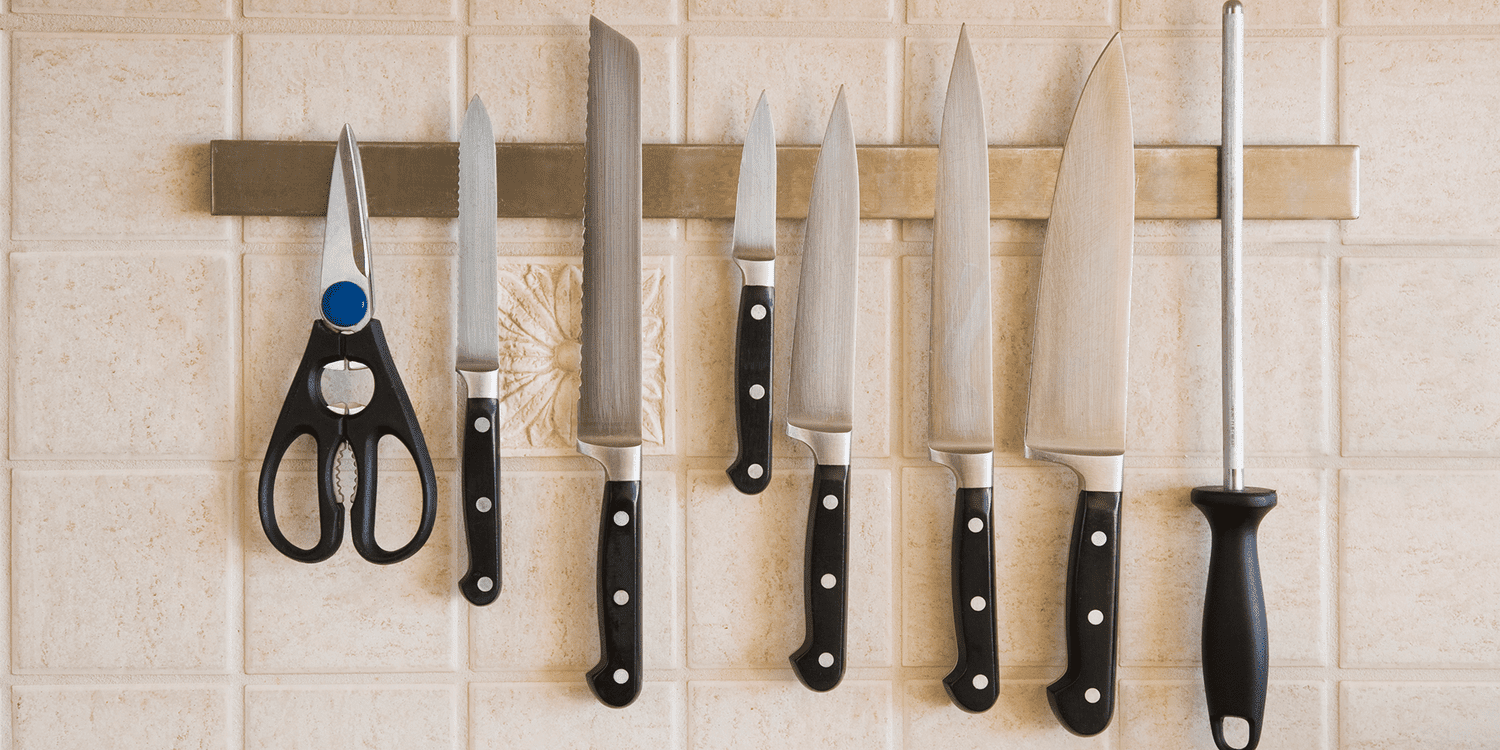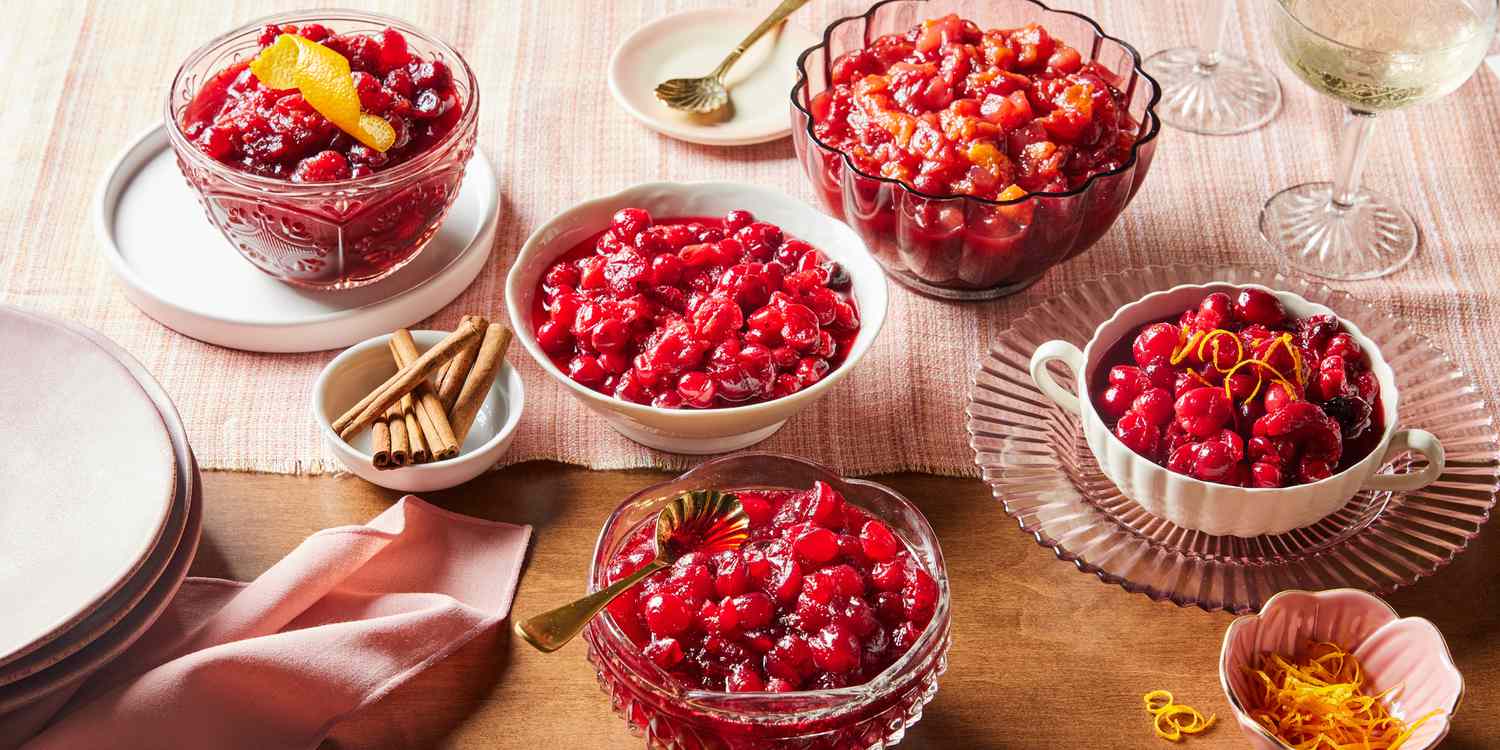If you’ve invested in quality knives, it’s only natural that you want to make sure they’re properly cared for. With good knife-care practices, you’ll always have a pristinely sharp blade at the ready. But before we dive into the care and keeping of your knives, let’s take a minute to talk about proper knife safety.
Knife Safety
The most important piece of knife advice I’ve ever received was from a sous chef at a kitchen I worked in a few years ago. He said, “A falling blade has no handle.” And while this can be taken to mean that there’s no sense in trying to communicate with someone who is too worked up to be reasoned with, taken literally, it’s also really great advice. Never, ever reach out to grab a knife falling off of the counter or knocked off a cutting board. It can be instinct to throw your hand out immediately to “break” the fall, but a chipped blade or a broken knife is most preferable to a trip to the ER.
How to Hold a Knife
How you hold a knife can also dictate how safe it is. Some people have an instinct to hold the knife by the handle with their index finger resting on the knife’s spine. While this might feel normal or comfortable, it gives you minimal control over the knife and opens you up to some severe slippage. Plus, the high possibility of side-to-side movement while the blade is in contact with the board quickly dulls your edge.
The best way to hold a knife is called the two-finger pinch. Pick up the knife in your dominant hand. Pinch your thumb and index finger at the base of the blade right above the handle. The middle knuckle of your index finger should be up by the spine of the knife with your fingertip pointing down towards the blade, so most of your finger is flat on the side of the blade. Think of an imaginary line through the blade of the knife connecting the pad of your thumb with the side of your knuckle on your index finger. Next, curl your last three fingers down the handle of the knife with the base of the blade resting on your middle finger. It might seem weird to be holding the actual blade instead of just gripping the handle, but this type of hold gives you the most control over the knife, especially the tip, and creates more leverage, so less force is needed to chop through things.
Kitchen Knives Are for Food Only
Now that you know how to hold a knife safely let’s look at how to use it safely and in a way that doesn’t damage the edge. While a knife is the most crucial tool in a cook’s arsenal, you should only use it to cut food. Never use your knife to pry open a can or tear open packaging. Not only is it bad for your knife, but it can be dangerous to do these types of things when a lot of pressure is needed to work through them, and the knife can easily slip. Additionally, you never want to be cutting up in the air or in your hand. Always make sure you’re using your knife flat on a cutting board.
The Significance of Staying Sharp
Finally, a dull knife is a dangerous knife. It might seem scary to be wielding a razor-sharp knife, but that is actually the safest option. A dull knife requires much more force to cut through items, so you have to push harder, increasing the chances that the knife will slip and sail right into your hand. A sharp knife easily slices through food with little effort. Regularly honing and sharpening your knives is a significant part of using a knife safely.
Honing and Sharpening
Honing and sharpening are two ways to maintain your knife’s edge.
Honing
Honing is a process where the knife’s blade is run along a special rod called a honing steel or honing rod. This isn’t actually sharpening the blade but is what most people picture when they think of sharpening a knife. With regular use, the edge of your knife sustains knicks, dings, and other wear and tear that knocks the edge of the blade out of alignment. Honing re-centers the and straightens out the edge, making it feel sharper, but doesn’t actually remove any material from the blade.
To get the most extended life possible out of your knife, you should hone it every time you use it. To do this, you’ll need a honing steel, which you can buy online or wherever you bought your knife. Hold the steel in your left hand facing up and at a slight angle tilted away from you. Grip your knife in your right hand and, starting with the edge at the base of the knife, place the knife on the front of the steel, so the knife is positioned on top of the steel. Tilt the knife to about a 20-degree angle and quickly pull the knife toward you down the steel while moving the blade to the right so that you end with the tip of your knife and the handle of the steel. Repeat this starting with the steel in front of your knife, still starting at the base of the knife, and pulling down and across to end with the tip at the handle. Repeat this process alternating sides after each pass between 5 and 7 times. It is always risky to move a knife towards yourself, so start slow and be extra careful as you get the hang of it.
Sharpening
In contrast to honing, sharpening is a process where the knife’s edge is ground down, and physical material is removed to create a thinner, sharper edge. There are many ways to sharpen a knife, but the two most common are with a tabletop sharpener or with a whetstone in a home kitchen setting.
A tabletop, or pull-through sharpener, is a handheld device that houses two V-shaped slits, outfitted with abrasive material, that you pull the length of the knife through. This is an excellent option if you’re looking for something cheap, quick, and easy. It’s not a very precise method, so if you’ve invested in expensive knives with delicate edge angles, this might not be the method for you. You can usually find them at most kitchen retailers or online for around $20.
A whetstone is an excellent option for someone who uses their knife a lot more frequently and for more extended periods, or for those more expensive types of knives. This is a tool where you manually grind down each edge of a knife on an abrasive stone. It can be slightly tricky at first and does require some practice. This is a good option for those with intermediate or advanced knowledge of knife care. Depending on the type of stone, they can cost anywhere from $30 all the way up to $100 or more.
More Tips for Keeping Your Knives Sharp
Once you’ve done all the careful work of sharpening your knife, you’ll want to make sure to sustain your edge so you can go longer between sharpenings. Yes, knives are made out of hard, durable metal, but the edges can be delicate and need to be adequately taken care of to remain sharp. Always use a plastic or wood cutting board; never glass. Glass cutting boards are terrible for your knives and will wear down the edge in an instant.
Speaking of a cutting board, many people feel the urge to scrape the edge of their knives across the cutting board to usher onions into a pan or scooch a diced carrot to the side — resist this urge. Scraping the blade of your knife on your cutting board is a major no-no. This puts so much wear on your edges, and you will have to sharpen way more often and can possibly ruin your knife over time. Instead, flip the knife over and use the non-sharp spine to move cut food around carefully.
Cleaning and Storing
If you only take away one piece of information here, please let it be this: Never, under any circumstances, put your knife in the dishwasher. Knocking around in there, plus the heat and pressure of the water, will absolutely ruin your blade. Additionally, you should never drop your knife in the sink. Clunking on the metal on the bottom of a sink can seriously dull your blade. When you’re done using your knife, either rest it on your cutting board until you’re ready to clean up or immediately hand wash it, dry it, and put it away. This will significantly extend the life of your edge.
To properly store your knife, avoid tossing it in a drawer or a utensils cup. Nothing should be touching the blade of the knife, especially other metal. The best way to store a knife to preserve the edge is in a plastic sheath in a drawer. You can buy these sheaths from the manufacturer of your knife — or, for about $5, you can grab other brands off the internet for any size and shape of the blade. Some people like to store their knives on magnetic strips or in a knife block; personally, I don’t recommend either of these. Knives can easily come off of magnetic strips, which can ruin your knife if it falls, not to mention it can be incredibly dangerous. Plus, you run the risk of accidentally scraping your blade on the magnet or knocking into other knives on the strip, neither of which are good for your knife. Knife blocks pose a similar problem: the edge and tip can get jammed into the wood, dulling the blade.
Of course, at the end of the day, you should choose the knife storage that works best for your kitchen. With regular honing and sharpening, along with responsible cleaning practices, you can keep your knife in great shape.
Related:
- How to Sharpen Your Knives at Home
- How to Buy the Best Kitchen Knives
- 5 Kitchen Knife Mistakes You Might Be Making




